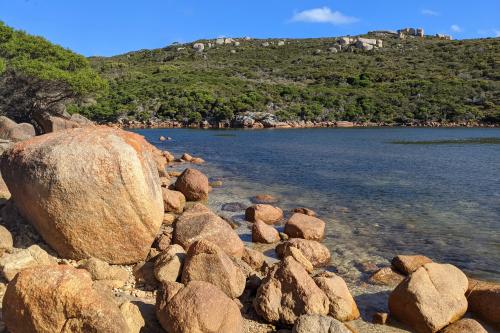About this park
Waychinicup National Park has a scenic inlet, coastal heath and interesting granite rock formations. It’s picture postcard perfect. A photographer’s delight! Come for a walk and explore the area’s natural beauty. You’ll be spoilt for choice as the park has views both inland and along the coast.
The park’s interesting, and long name Waychinicup is made up of two Nyoongar Aboriginal words. ‘Waitch’, means emu and ‘up’ which means place of. It’s unlikely you’ll see an emu but quendas (bandicoots) can often be seen digging. You may be lucky and spot a quokka too while walking. They travel through hidden tunnels in the dense vegetation.
If you’re into plants and coastal wildflowers Waychinicup is where it’s at. The coastal heath is exceptionally diverse. There are plants on the park’s granite slopes that are found nowhere else! In spring the park is awash with colourful blooms.
Look out for the many types of birds. Some important threatened species call the park home. Scrub birds, western whistlebirds and whipbirds love the dense vegetation of the area.
If you want to camp get in quick, space is limited in the park’s small campground. The early bird catches the worm!
Review - Stunning!
Stunning scenery – beautiful inlet with walking trails. Small camping areas some with views over the water. Unsealed road with some corrugation but well worth it. Angela S - Trip Advisor
Safety information
Plan when to visit. Read this safety information about bushwalking and fishing. Consider travelling with a personal location beacon (PLB). In the event you need to be rescued it could save your life!
- Huge waves and extreme swells can suddenly occur even on calm days.
- Waves can sweep over rocky headlands.
- Powerful rips and undertows can occur.
- Fishing from rocks is extremely dangerous.
- Always tell someone where you are going and your expected return, and never fish alone.
- Wear appropriate clothing, cleats and a personal flotation device (PFD) at all times.
- Take note of safety equipment and know how to use them e.g., anchor points, angel rings.
Gallery
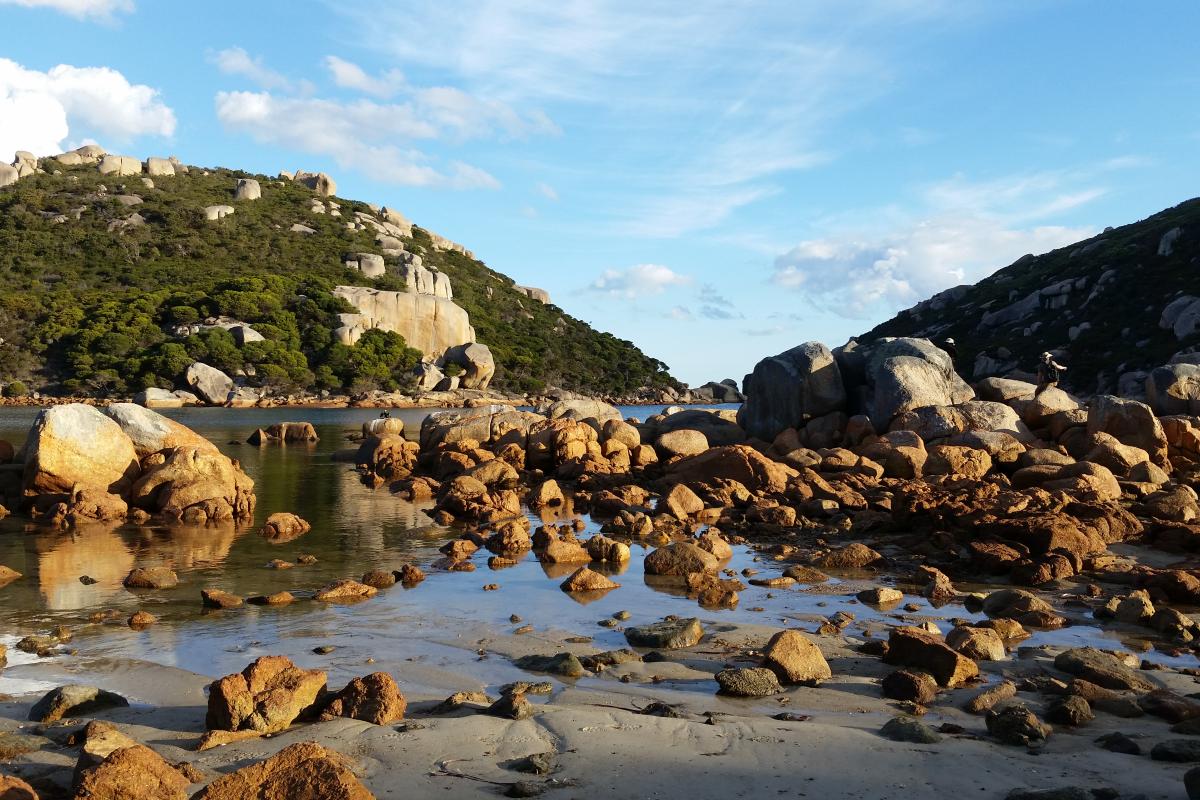

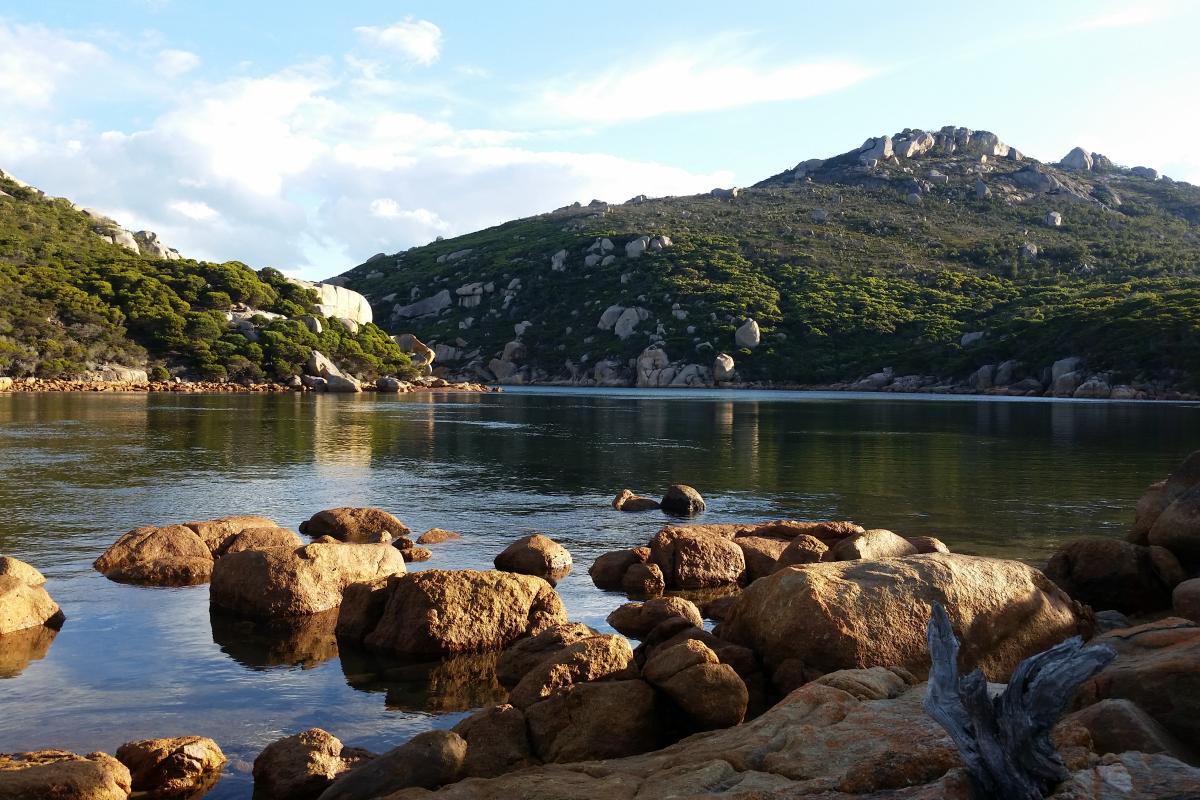
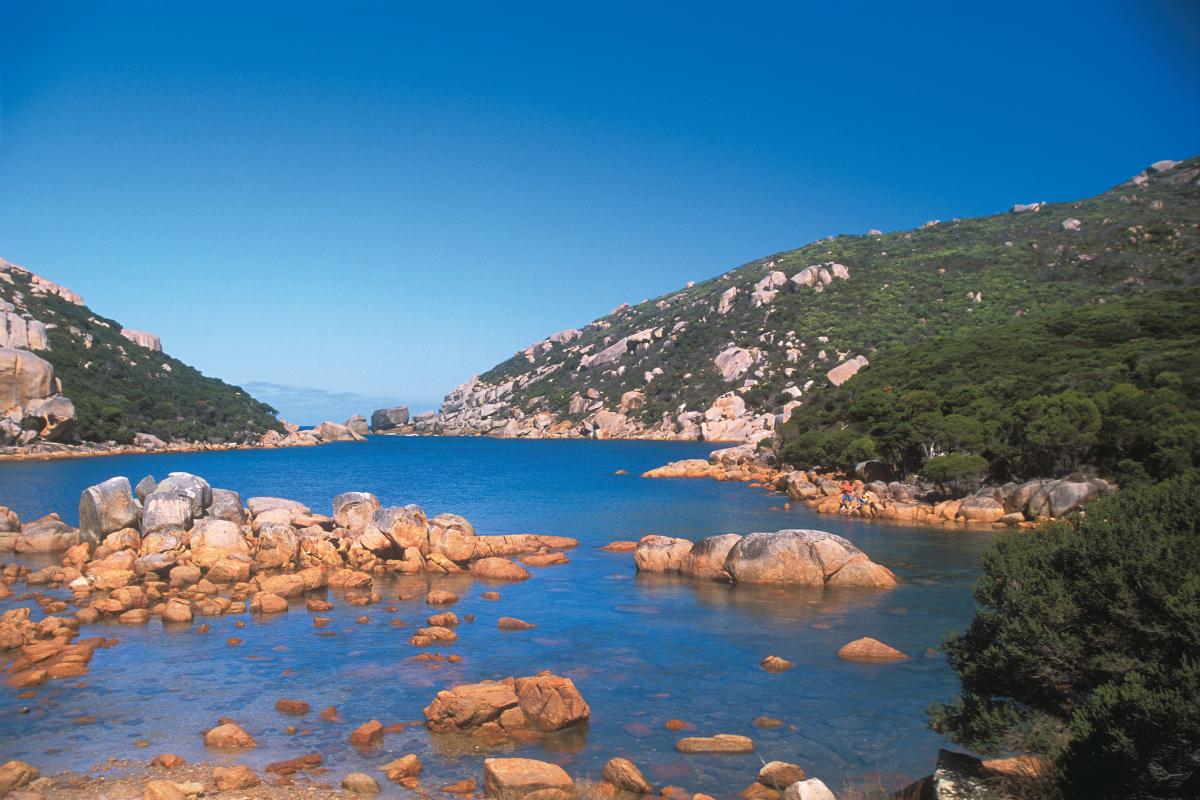


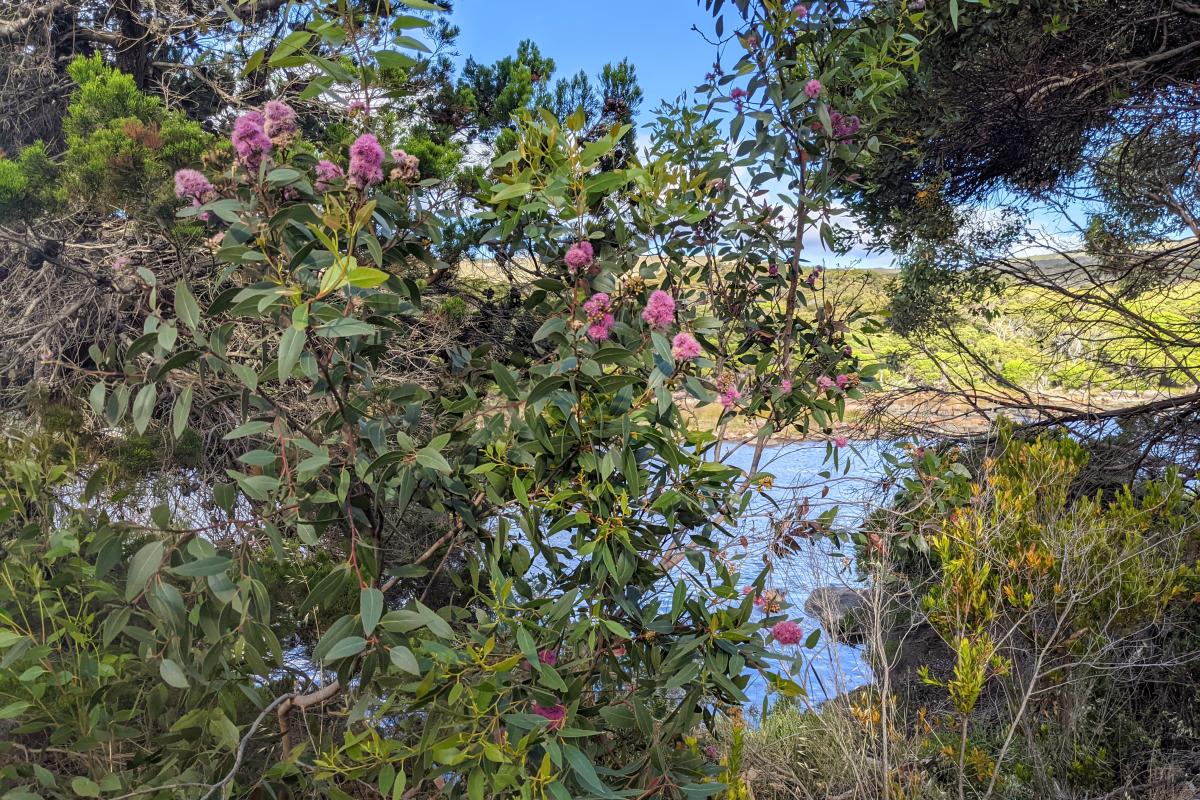
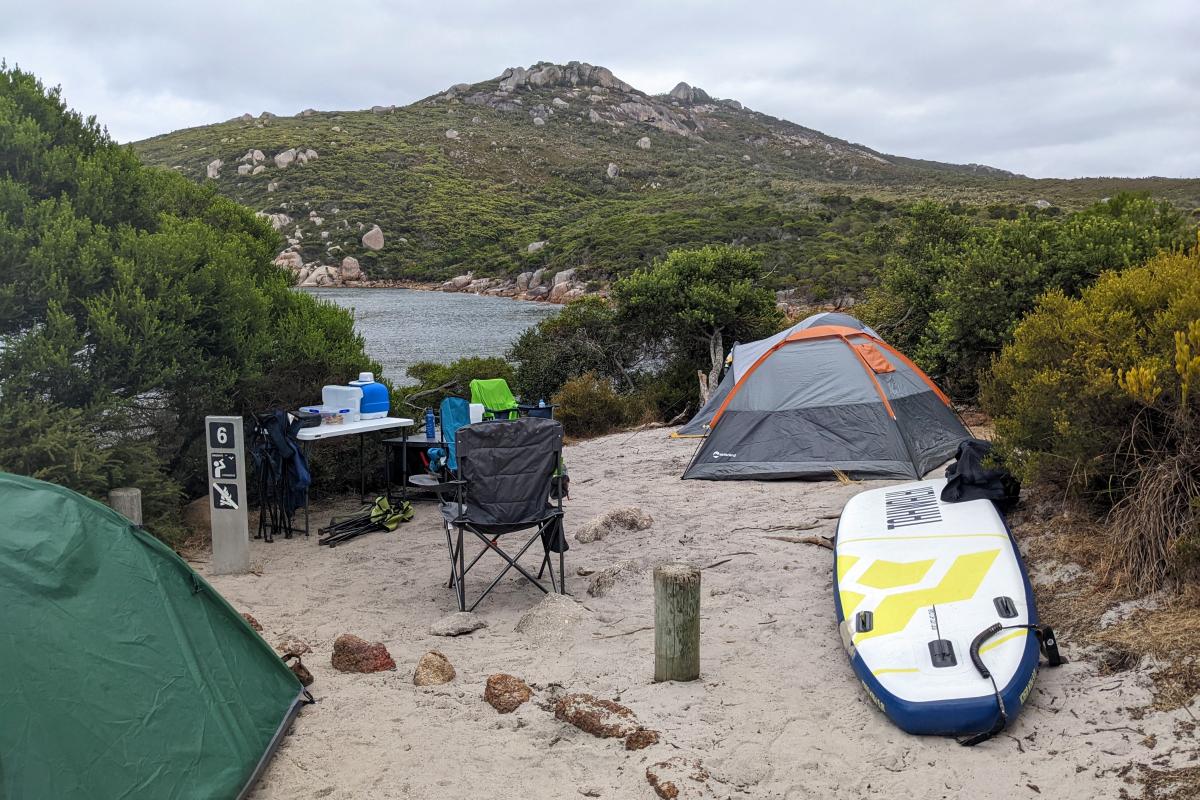
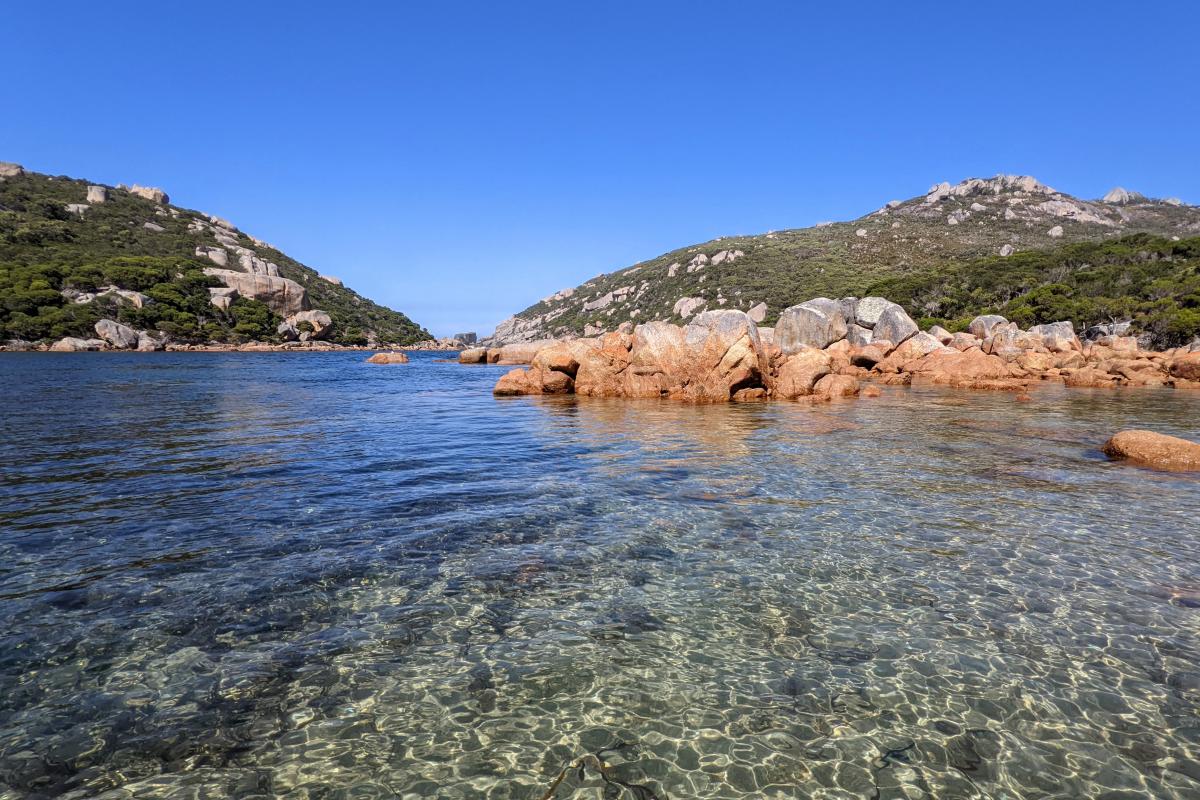
Plants, wildlife and fungi
Visit the Atlas of Living Australia for a list of species recorded in Waychinicup National Park.
Traditional Owners
We recognise and acknowledge Menang people as the Traditional Owners of Waychinicup National Park.
